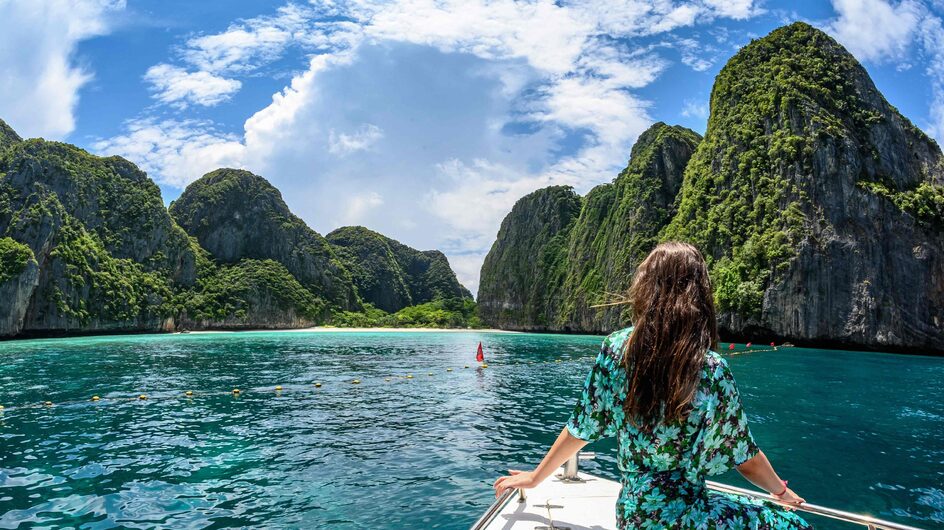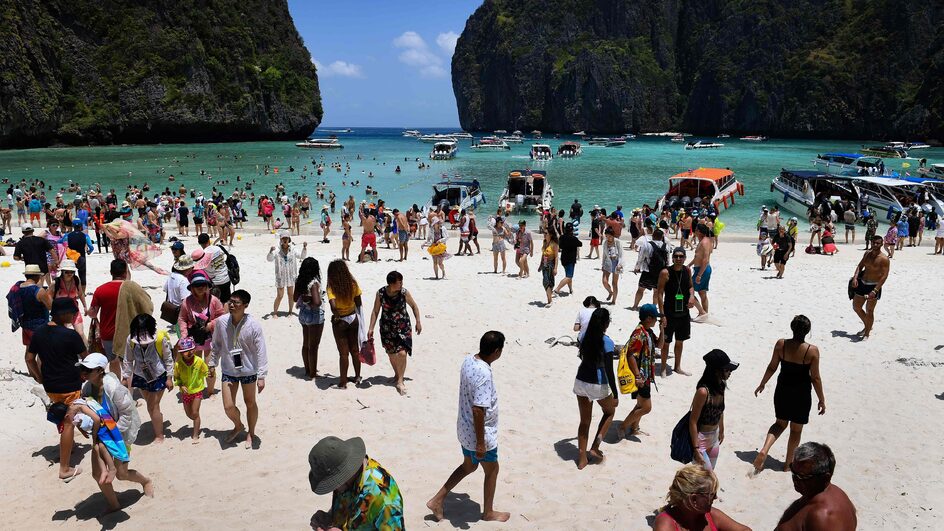
Thailand’s iconic Maya Bay is set to reopen at the turn of the year after being closed in 2018 to restore coral reefs that were damaged by the major flow of tourists.
But although tourism is an important source of income, it can also harm the environment and according to Danish Flemming Sørensen, professor MSO at Roskilde University and researcher in tourism and sustainability, countries with tourism magnets such as Maya Bay face a dilemma.
In an interview with media TV2, he says that tourism is a huge, global system that has its own logic that drives this growth. “It requires moderation from the actors in the system, but also some regulation and determination from the authorities in relation to not letting tourism run wild in such areas,” he says.
The pandemic has been crucial for international tourism, Flemming Sørensen explains.
Over the last few decades, there has been a steady tourism growth, and projections for the coming decades showed the same development but the unstoppable growth took an unexpected dive when the world suddenly shut down in 2020.
“It has been especially important for areas such as Thailand, where international tourism was such a big sector,” Flemmings Sørensen says.
Maya Bay is part of the island of Phi Phi Leh in Krabi province and became world-famous in the movie ‘The Beach’ from 2000. Before the closure, the bay was only open to day tourists but the large number of tourists visiting damaged the island’s coral reefs, and therefore the authorities decided to close the island and begin restoration work of the coral reefs.
Now Maya Bay has returned to a good state, Thai Environment Minister Varawut Silpa-Acha recently said and the island is ready to open again – with restricted access this time, however.
To protect the environment and avoid a state of over-tourism like in the past, it is not allowed to sail into the bay, and tourists are dropped off on the other side of the island. Only eight speed boats are allowed to dock at a time while visitors are limited to one hour with a maximum of 300 tourists for a limited time each day.


